





BJW85.jpg (taken 30.9.2005)
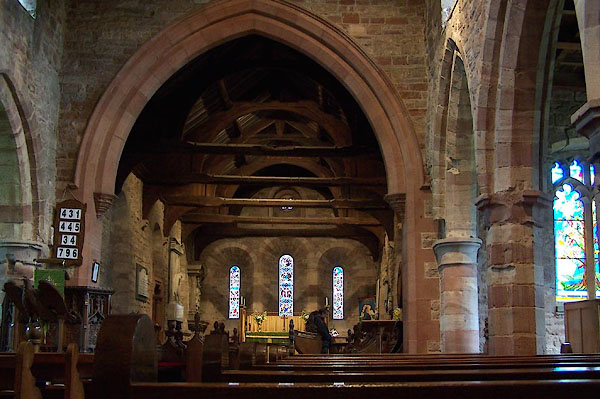
BJW90.jpg (taken 30.9.2005)
item:- coat of arms
 goto source
goto sourcePage 188:- "..."
"... The church [Dacre] is said to have been erected by the Dacres, instead of a mean one half a mile distant, which probably belonged to the monastery. In the chancel is a cross-legged knight in stone, and the windows are full of the arms of Dacre, single and quartering Vipont and Clifford."
item:- Dacre Bears
 goto source
goto sourceGentleman's Magazine 1795 p.1077 "Dec. 30."
"Mr. URBAN, I CANNOT help regretting that your excellent correspondent W.M. p.985, has not expressed himself more clearly, by his pencil I mean, respecting the lynxes on the shoulder of two of the Dacre bears. I will allow the editors of the new History of Cumberland to see any thing any where; but, as I cannot see with their eyes, I do not see in W.M.'s drawings any thing like the lynxes, or the paw cast behind one of the bears to rid himself thereof. The bear may have been the badge or cognizance of the Dacre family as successors to that of D'Estrivers: whether the ragged staff was connected with the bear in this instance as with the family of the"
 goto source
goto sourceGentleman's Magazine 1795 p.1078 "earls of Leicester, on their monuments in the beautiful Beachamp chapel at Warwick, is another question; but, if it was, it may be doubted whether what is mistaken for the lynx be not the jagged branch, part of the ragged staff or pillar against which the bears lean, which without it would be smoother than the ragged staff is generally represented by Virgil's stipes gravidus nodis, AEn. VII. 507, and the nodosus stipes of Ovid, Ep. X. 101."
item:- Dacre Bears
 goto source
goto sourceGentleman's Magazine 1795 opp p.985
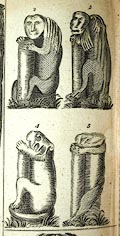 click to enlarge
click to enlargeG795E01.jpg
 goto source
goto sourceGentleman's Magazine 1795 p.985 "Sproxton, July 30."
"Mr. URBAN,"
"THE Editors of the History of Cumberland, rather to my surprize,have not favoured the publick with drawings of the four pillars in Dacre church-yard; I therefore send you sketches of them taken in the summer of 1795. (see Plate I. fig. 2, 3, 4, 5.) My own remarks nearly agree with the following description they give us:"
""In Dacre church-yard are four remarkable monuments, being the figures of bears, about five feet in height, sitting on their haunches, and clasping a rude pillar, or ragged staff, on which two of the figures rest their heads; the other two carry on their backs the figures of a lynx; one is in the attitude of attempting to rid himself of the animal on his shoulders, with his head twisted, and paw cast behind him. They are placed on a square, two to the East of the church, and two to the West.""
"Afterwards follows a quotation from Bishop Nicolson, the same as copied by Burn in 1777."
""That these look like some of the achievements of the honourable family that so long resided at the neighbouring castle, which has since been illustrated by a very worthy descendant of the family, on account of their claim to the hereditary forestership of Inglewood forest: and the more so as one sees these jagged branches over and over introduced in the chapel of Naworth castle, which is so rich with arms and cognizances; and where this jagged branch is, in some places, even thrown across the Dacre's arms fess-wise. Ranulph de Meschines, lord of Cumberland, granted this office of Forester to Robert D'Estrivers, lord of Burgh upon Sands, in fee; his arms were Argent, three bears Sable. The heiress D'Estrivers married Engain; the heiress of Engain married Morvil; the heiress of Morvil married Multon; and Dacre married the heiress of Multon, and by her had the same right as the others to the forestership of Inglewood; which was so honourable, and gave so great command, that there is no wonder the family should wish, by every means, to set forth their claim to it, and, amongst others, by cognizances taken in allusion thereto, especially as the Crown, about this time, seems to have interfered with them, in regard to this right. Surely nothing could be more naturally adapted to this idea than this Bear, which was the arms of their ancestor, the first grantee of office. The branch of a tree, which seems so very allusive to forests and woods, agrees with the same notion: and it is not improbable but this might be originally a badge used by Robert D'Estrivers himself, and that he chose the bears in his arms, because they were inhabitants of forests.""
"The Editors remark, that in the old town-house walls at Penrith (burnt down, I think, in 1770) bears and ragged staves were represented."
 goto source
goto sourceGentleman's Magazine 1795 p.986 "..."
"I should wish to know from any of your correspondents, Mr. Urban, whether anything like these pillars occurs in church-yards in other parts of the kingdom; and what is the most general opinion respecting them."
"W. M."
item:- bear; Dacre Bears
 goto source
goto sourcePage 142:- "..."
"... The church is a neat stone fabric dedicated to St. Andrew; it contains several monuments of the Hasell family; and on the north side of the altar-table is the effigy of a knight in armour. In the churchyard are four remarkable monuments, being the figures of bears, about five feet in height, sitting on their haunches, and clasping a rude pillar."
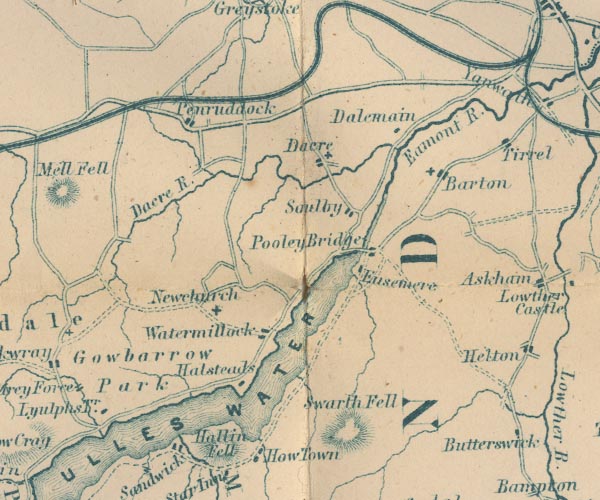
GAR2NY42.jpg
cross, a church
item:- JandMN : 82.1
Image © see bottom of page

NUR1NY42.jpg
"DACRE"
item:- JandMN : 27
Image © see bottom of page
 stained glass
stained glassplacename:- Church of St Andrew
courtesy of English Heritage
"CHURCH OF ST ANDREW / / / DACRE / EDEN / CUMBRIA / I / 73747 / NY4600726642"
courtesy of English Heritage
"Parish Church. C12 with C13 additions,and restorations of 1810 and 1875. Red sandstone rubble walls with string course, the aisles of longer blocks of pink sandstone with buttresses and C19 red sandstone battlemented parapets. Graduated greenslate roof with coped gables and cross finial. 3-storey square west tower; 3-bay nave with aisles; 3-bay chancel with north vestry. Tower has inscription over entrance STEEPLE REBUILT 1810 (with names of churchwardens). Over the west door is the reused head of a C13 2-light small window. 2-light bell openings under battlemented parapet with angle spouts. Nave has 2-light clerestory windows. South aisle has C13 doorway at left, the engaged columns removed and stonework above showing porch recess. C19 restored segmental- headed 2-light windows. North aisle has blocked C13 doorway and C19 restored 2-light windows. Chancel retains all of its C12 narrow round-headed windows and priest's doorway; one C13 inserted window. C19 3-light east window. C19 vestry has reused medieval stonework in tracery of its 2-light window. Interior has plain C12 round-headed tower arch. 4-bay aisles have pointed arches on octagonal and round piers. C17 open timber roof. Aisles have various C19 brass and white marble wall plaques. Door lock on C19 south door is inscribed and dated AP 1671 (given by Anne, Countess of Pembroke). C19 chancel arch. On a window sill is a fragment of a zigzag arch stone, probably from the original chancel arch. Chancel has C12 piscina. C18 and C19 wall plaques to members of the Hasell family of Dalemain; one to Edward Hasell by Chantrey 1830, a mourning female figure beside an urn. Red sandstone effigy of a knight, thought to be one of the Lords Dacre of nearby Dacre Castle. Step to vestry is reused medieval graveslab. Fragments of C9 and C10 carved cross shafts, are thought to have come from the nearby monastery mentioned by Bede and excavated 1982-85. C19 and C20 stained glass, some by Clayton and Bell. Late C17 altar rail on twisted balusters. See Phillipa J.F. Smith, A Short History of Dacre Parish Church, undated."
courtesy of English Heritage
"CARVED BEAR SOUTH EAST OF CHURCH OF ST ANDREW / / / DACRE / EDEN / CUMBRIA / II[star] / 435591 / NY4603526631"
courtesy of English Heritage
"Upright carved bear, one of a group of 4. Medieval. Red sandstone; about 4 feet high. Probably in its original position at one corner of the medieval churchyard and thought to represent the third part of a 4-part story: the bear makes a vigorous attempt to dislodge the animal clinging to its back, by reaching over his shoulder with his right paw."
courtesy of English Heritage
"CARVED BEAR NORTH EAST OF CHURCH OF ST ANDREW / / / DACRE / EDEN / CUMBRIA / II[star] / 435592 / NY4603026656"
courtesy of English Heritage
"Upright carved bear, one of a group of 4. Medieval. Red sandstone; about 4 feet high. Probably in its original position at one corner of the medieval churchyard and thought to represent the final part of a 4-part story: the bear has eaten its attacker and looks extremely satisfied."
courtesy of English Heritage
"CARVED BEAR NORTH WEST OF CHURCH OF ST ANDREW / / / DACRE / EDEN / CUMBRIA / II[star] / 73749 / NY4597226649"
courtesy of English Heritage
"Upright carved bear, one of a group of 4. Medieval. Red sandstone; about 4 feet high. It is thought that these 4 bears are in their original medieval positions at each corner of the churchyard, each showing part of a story: this bear is supposed to be asleep with its head resting on top of a pillar, but much of its head is now worn away. See Phillippa J.F. Smith, A Short History of Dacre Parish Church, p.9; Transactions Cumberland & Westmorland Antiquarian &Archaeological Societv, old series. xi. pp."
courtesy of English Heritage
"ALMS TABLE WEST OF CHURCH OF ST ANDREW / / / DACRE / EDEN / CUMBRIA / II / 73748 / NY4597126628"
courtesy of English Heritage
"Alms table. C17 or C18. Red sandstone. Large flat slab, having the appearance of a table tomb set on 6 shaped pillars, but without inscription and instead a central brass sundial, with gnoman missing, inscribed WILLIAM PORTHOUSE, PENRITH, 1732-3. A similar alms table is found at Greystoke."
courtesy of English Heritage
"CARVED BEAR SOUTH WEST OF CHURCH OF ST ANDREW / / / DACRE / EDEN / CUMBRIA / II[star] / 435590 / NY4596526608"
courtesy of English Heritage
"Upright carved bear, one of a group of 4. Medieval. Red sandstone; about 4 feet high. Probably in its original position at one corner of the medieval churchyard and thought to represent the second part of a 4-part story: a small animal, either a cat or a lynx, has jumped on to the bear's back. The bear's head is turned in an attempt to see its attacker."
item:- cross; Shaft of the Two Kings
Shaft of the Two Kings:-
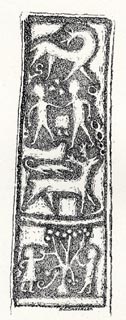 click to enlarge
click to enlargeCV1079.jpg
Lithograph by W S Calverley.
 click to enlarge
click to enlargeCV1080.jpg
Sketch by W G Collingwood.
item:- JandMN : 190
Image © see bottom of page
 ring of bells
ring of bells| Appleby, Nicolas de | 1296 - before |
| Hercia, Herny de | 1296 - |
| Burgh, William de | 1328 - about |
| Bower, William | 1359 - |
| Louthberg, Walter de | 1359 - |
| Stapleton, Peter de | 1369 - |
| Orchards, William de | 1370 - |
| Ingleby, John | 1370 - |
| Longregg, Thomas | 1530 - about |
| Dawson, Rowland | 1536 - |
| Brockbank, John | 1571 - |
| Sutton, Richard, Sir | 1574 - |
| Martin, William | 1582 - |
| Wrae, Thomas | 1591 - |
| Smith, Leonard | 1645 - |
| Mawson, Robert | 1702 - |
| Richardson, William | 1742 - |
| Coope, William | 1768 - |
| Moorhouse, Jonathan | 1803 - |
| Stephenson, John | 1813 - |
| Gibson, John | 1850 - |
| Willliams, Richard | 1852 - |
| Troutbeck, John | 1859 - |
| Ace, Daniel | 1864 - |
| Matthews, William A | 1871 - |
| Cooper, Frederick | 1877 - |
| Skinner, Robert | 1879 - |
| White, John | 1880 - |
| Burns, William H | 1890 - |
| Hassell, Francis | 1869 - |
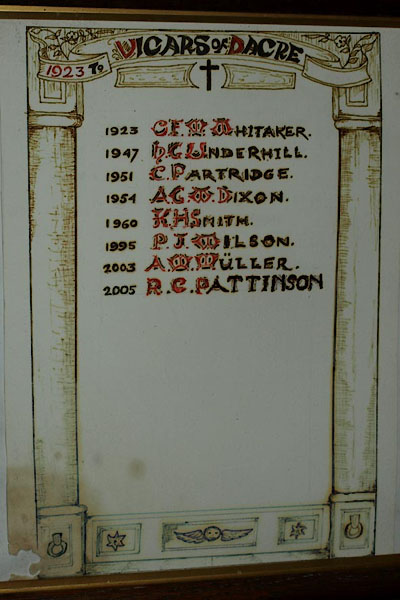
BXB70.jpg (taken 10.8.2012)
 sundial
sundial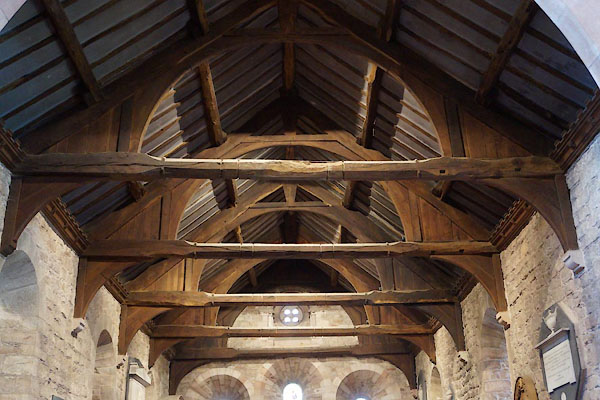
CBA29.jpg Roof beams.
(taken 6.7.2014)
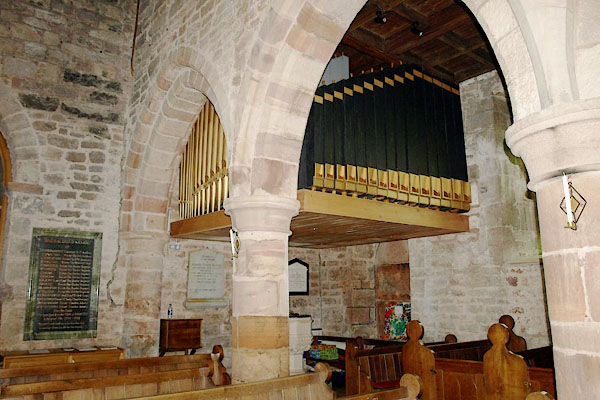
BQZ54.jpg Organ.
(taken 30.9.2005)
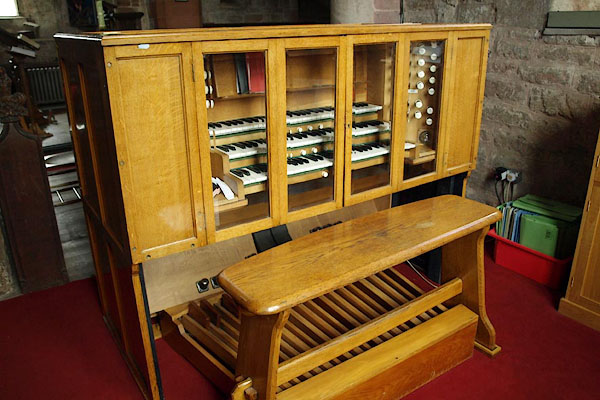
BQZ55.jpg Organ, console, on the other side of the church.
(taken 30.9.2005)
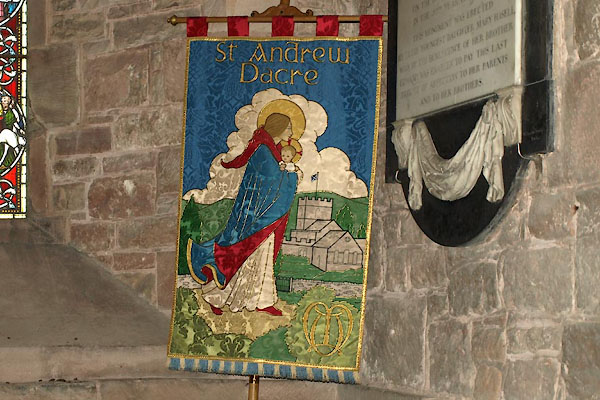
BXB74.jpg Mothers Union banner.
(taken 10.8.2012)

BXB69.jpg War memorial.
(taken 10.8.2012)
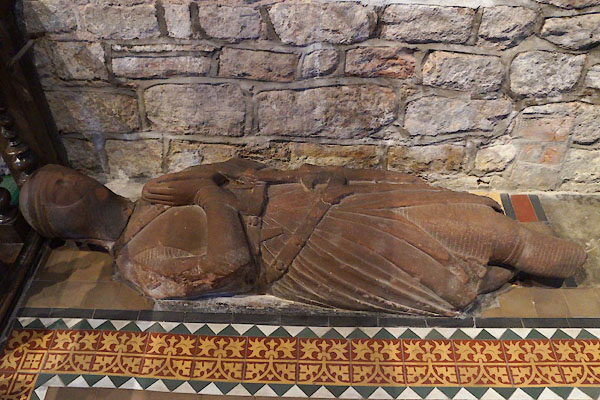
CBA30.jpg Effigy of a crusader knight, pre 1320.
(taken 6.7.2014)
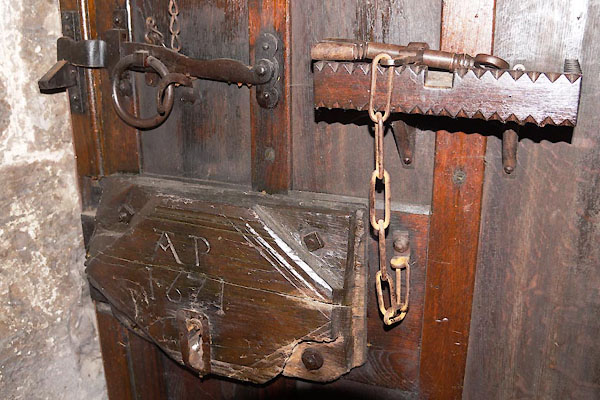
CBA37.jpg Lock on the south door. New door, 1875, fitted with a mortice lock and key given by Lady Anne Pembroke, Countess of Pembroke, 1671. The lock cover is inscribed:-
"AP 1671" (taken 6.7.2014)
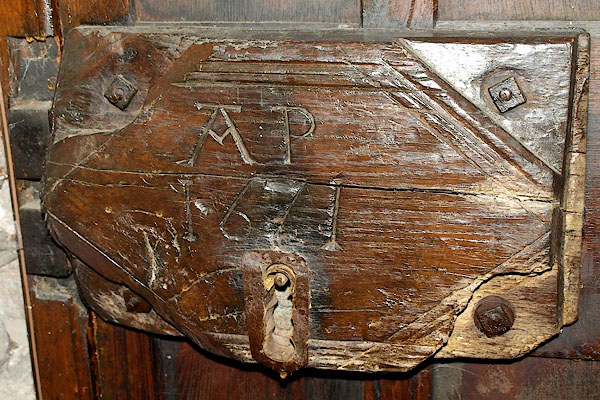
BQZ51.jpg Lock on the south door, given by Lady Anne Clifford Countess of Pembroke, 1671.
"AP 1671" (taken 6.7.2009)

CBA38.jpg Lock on the south door, key.
(taken 6.7.2014)
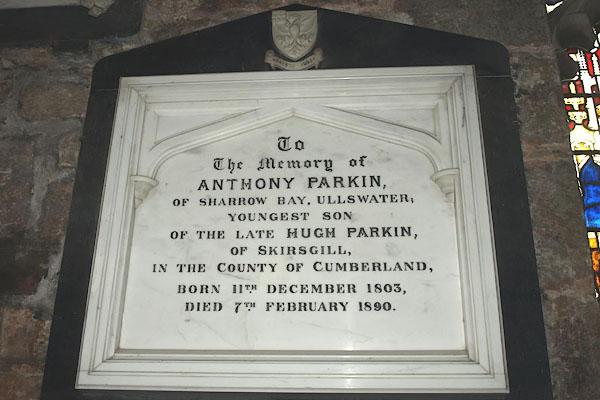
BQZ52.jpg Memorial to Anthony Parkin, died 1890.
(taken 6.7.2009)

BQZ53.jpg Coat of arms on the memorial to Anthony Parkin, died 1890.
(taken 6.7.2009)

BXB72.jpg Memorial to John Troutbeck, d.1912.
(taken 10.8.2012)

BXB73.jpg Coat of arms, John Troutbeck, d.1912.
(taken 10.8.2012)
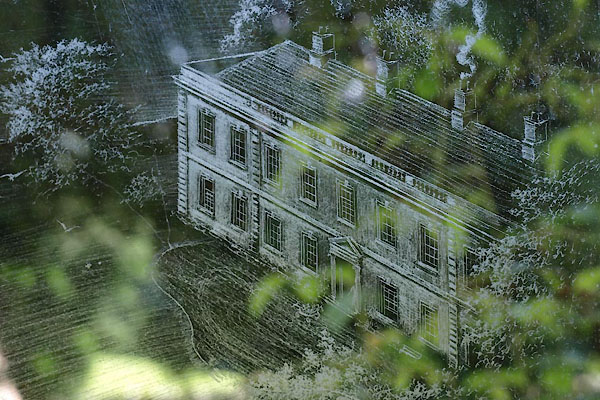
BXB76.jpg Dalemain, in the Sylvia McCosh window.
(taken 10.8.2012)
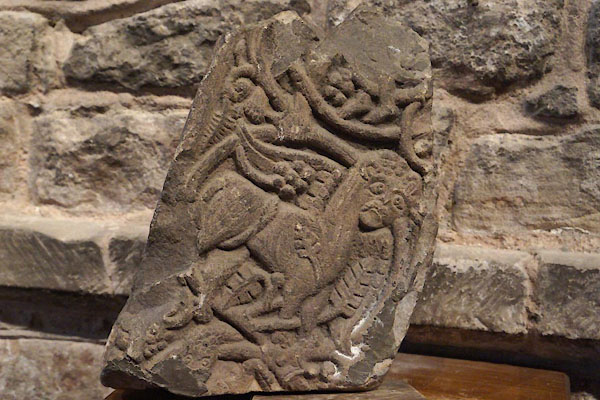
CBA31.jpg Fragments of viking cross shaft.
(taken 6.7.2014)

CBA32.jpg Fragments of viking cross shaft.
(taken 6.7.2014)
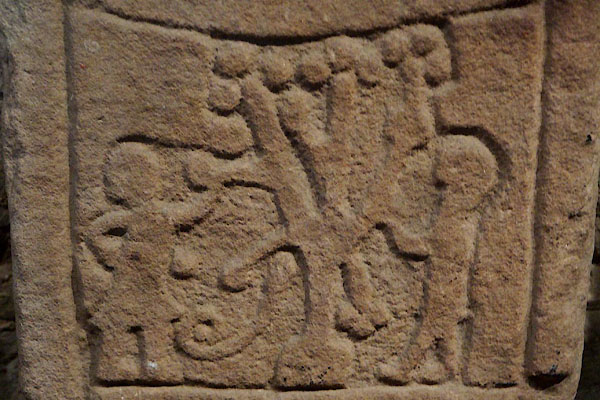
CBA33.jpg Fragments of viking cross shaft.
(taken 6.7.2014)

CBA34.jpg Hymn numbers.
(taken 6.7.2014)
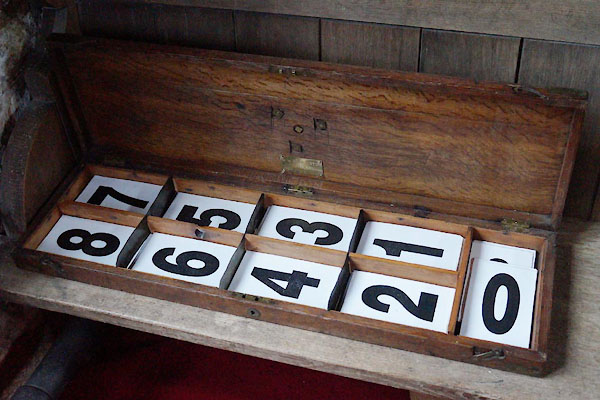
CBA35.jpg Hymn numbers.
(taken 6.7.2014)
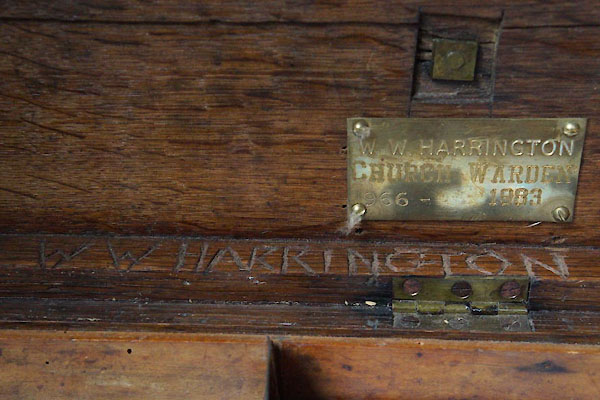
CBA36.jpg Hymn numbers:-
"W. W. HARRINGTON / CHURCH WARDEN / 1966-1983" (taken 6.7.2014)

BXB67.jpg South door.
(taken 10.8.2012)
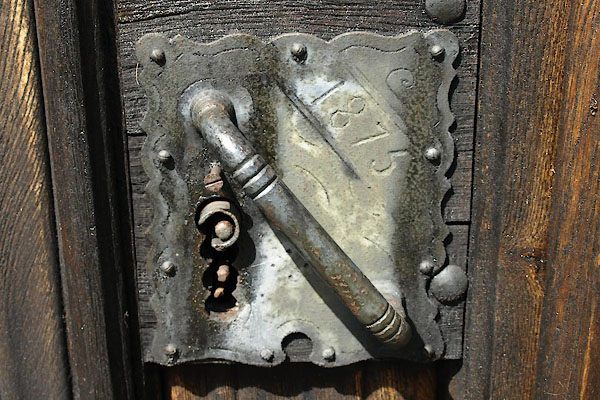
BXB68.jpg South door, lock, 1875.
(taken 10.8.2012)

BXB65.jpg Memorial to Ann Armstrong, d.1790
(taken 10.8.2012)
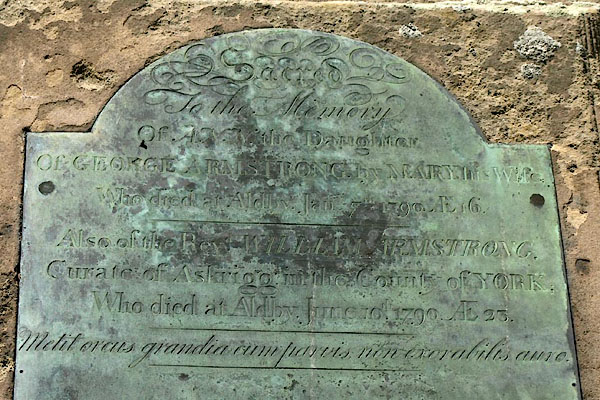
BXB66.jpg Memorial to Ann Armstrong, d.1790
(taken 10.8.2012)
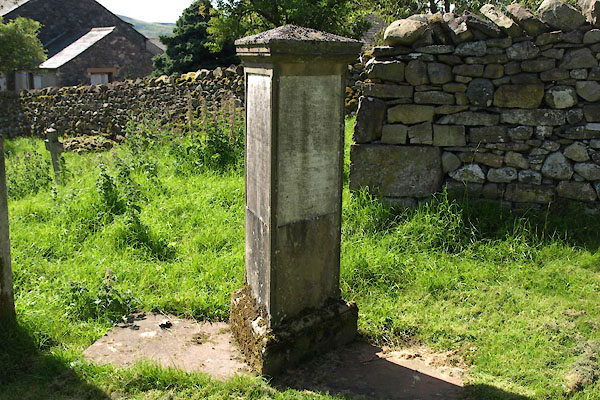
BXB77.jpg Memorial to Admiral Wauchope, inventor of the time ball.
(taken 10.8.2012)
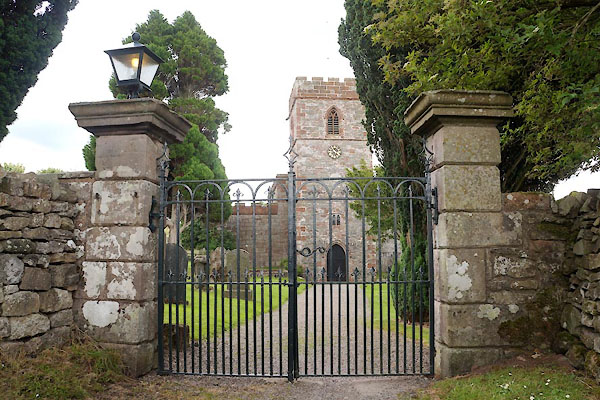
CBA39.jpg Iron gates to church, made by Thomas Sanderson, 1822.
(taken 6.7.2014)
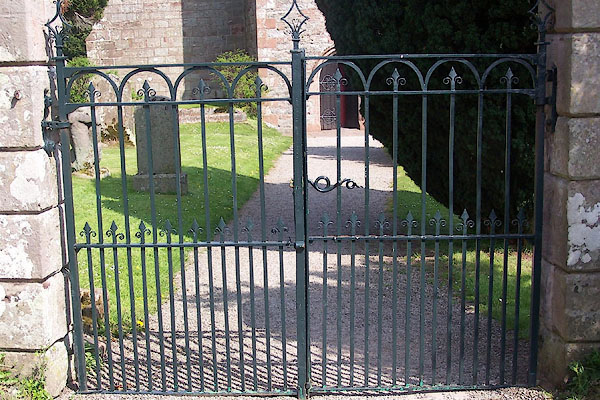
BNP89.jpg Iron gates to church, made by Thomas Sanderson, 1822.
(taken 30.9.2005)
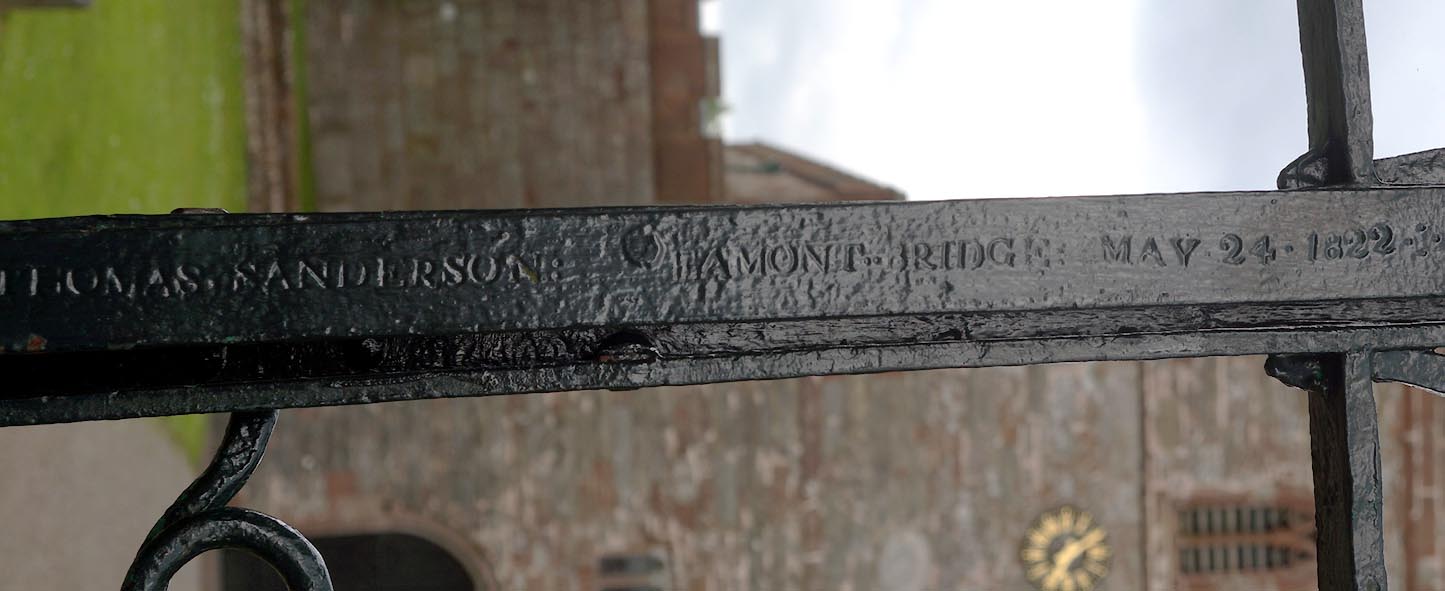
Click to enlarge
CBA40.jpg Iron gates to church:-
"THOMAS SANDERSON : EAMONT BRIDGE : MAY 24 1822" (taken 6.7.2014)
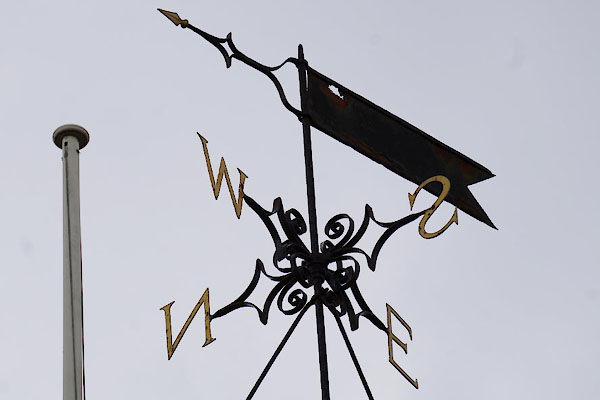
CBA41.jpg Weathervane.
(taken 6.7.2014)
